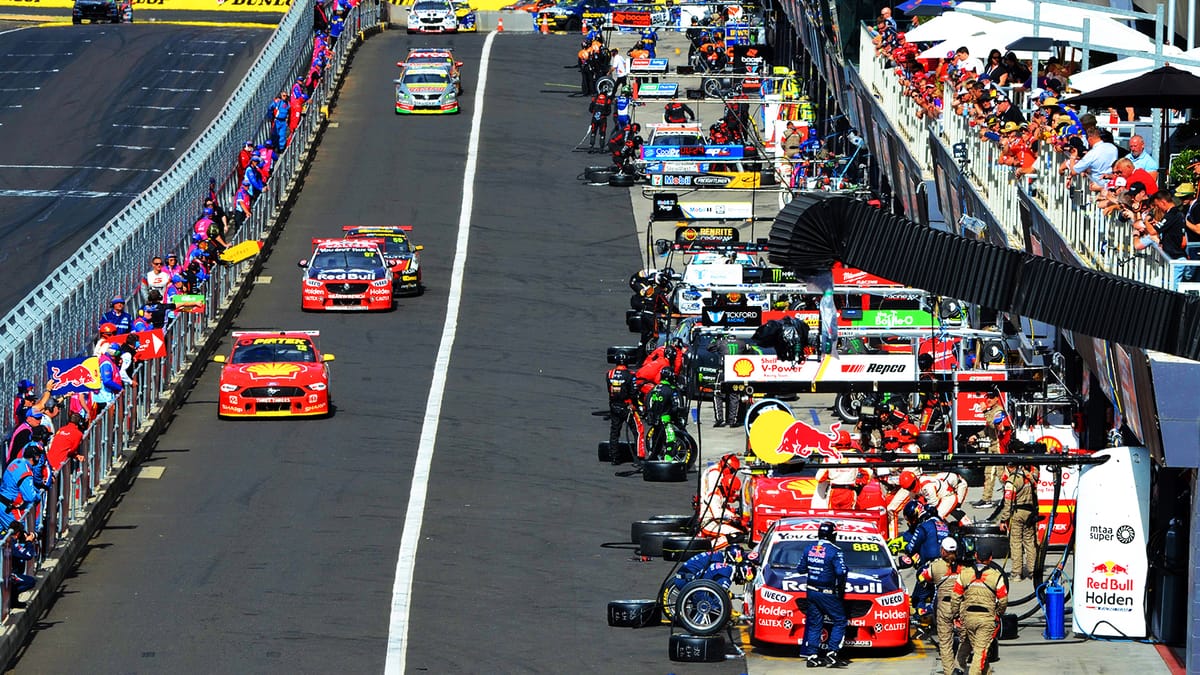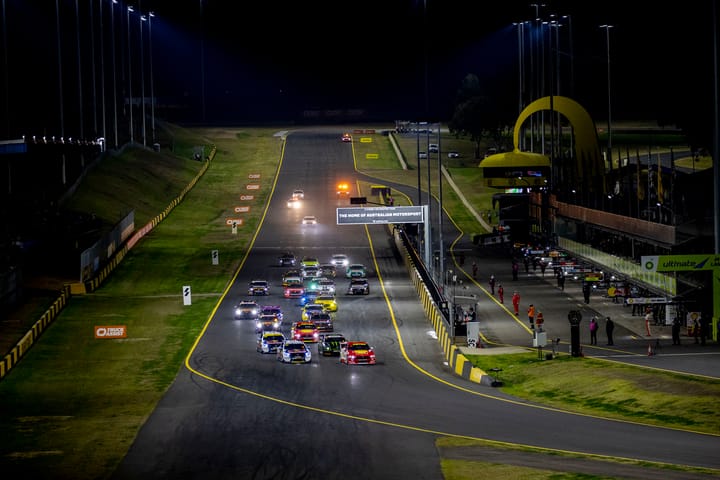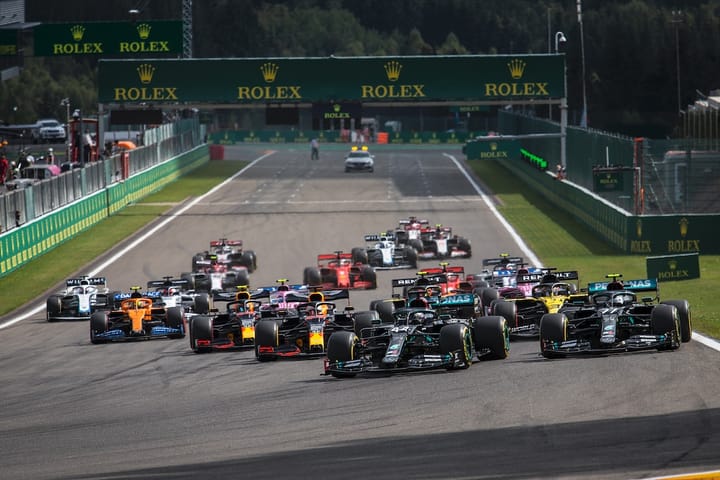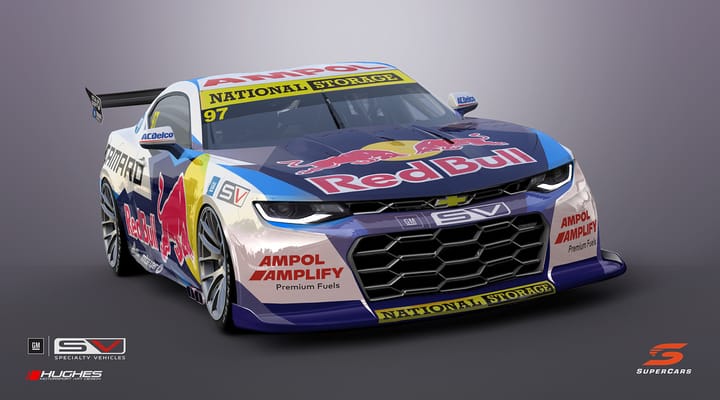Supercars Competition Hits The Pits

Pitlane is the new battlefield for Supercars racing.
New tyre allocations and crew restrictions means races through 2020 will be won and lost in the pitlane, starting this weekend at Sydney Motorsport Park.
Tactics will also become far more important as teams battle to get an advantage with limited supplies of Dunlop racing rubber in two different compounds, and without time-consuming refuelling to cover any blunders on the tyres or wheel guns.
Pitlane will also become a race between crews, with only four people allowed to work on the changes and only two rattle guns.
“People want to see overtaking. They don’t want to see the same bloke winning all the time,” the supremo at Tickford Racing, Tim Edwards, tells Race News as he explains the new tyre situation.
“This forces you to think differently. Everyone will have a different theory.”
“There is definitely more potential for different strategies. And mistakes,” says team boss Brad Jones.
The tyre regulations have been completely overhauled for the rest of the 2020 Supercars season, apart from the Bathurst 1000.
With three sprint races scheduled for each meeting, teams will have five sets of soft-compound Dunlop tyres for the qualifying and racing at SMP and this changes to two sets of softs and three sets of hard Dunlops from round two at Winton. Teams cannot mix-and-match the compounds, so must have four tyres of the same compound on their cars.
The Supercars Commission made the call on tyres to spice the racing with tactical battles, instead of the pattern in recent seasons where all teams did virtually the same with their Dunlop slicks.
The wildcard in Sydney, and the reason for a soft-only tyre bank, is the abrasive track surface.
“For Sydney, with three races, you’d ideally like six sets of softs. But you only have five,” says Edwards.
“So you cannot change for four fresh tyres in each race. That means there are going to be different scenarios. There will be someone who decides to only take two tyres and try to block.”
“The time trial that will win you the race is to stop in the middle and replace four tyres. But then you might have to pass people who have stopped earlier and are 10 seconds up the road.”
He says tyre degradation at SMP is huge and will also influence the right time to stop and change.
“It is bizarre. Of all the circuits we go to, it is off the chart. The AGP at Albert Park is second and it’s only two-thirds the deg in Sydney.
“It’s like 0.2 seconds a lap.”
Deeper into the series, he sees more tactical diversions as teams choose different times – and potentially different races – to maximise the soft-tyre advantage.
Edwards says picking the right crew for the stops is vital, as time lost in the pits is not easy to recover on the track.
“A good stop for two tyres is 3.5 seconds. For four tyres it’s 8.5, because you have a little transition time down the side of the car with only two guns.
“It’s definitely going to put pressure on the pit-crew. There are very few people who can do one tyre on their own, unassisted, and do it consistently.
“The way it works is that the guy on the gun hits the nut, but has got his got spare hand on the spoke of the wheel. He generally turns away from the car, puts the wheel down, and the wheel feeder slides the new wheel on and he hits it with the gun.”
“The average time is four seconds. You can do a cracker in 3.5 seconds and a poor one in 4.5. Occasionally you crack one under 3.5.
“For four tyres, it’s 8.5-9 seconds.”
He says Tickford has a crack crew but there is a strong emphasis now on no-mistake stops.
“In every team you’ve always got a couple of guys who are better at it. Generally you cherry-pick those guys to do the front wheels.
“You always put your gun guys on the front guns, because at the back and during a refuelling stop they can get help.”
Tickford has been practising non-stop for three weeks, since the team returned from COVID-19 isolation, to ensure there are no mistakes.
“Three times a day they are out practising pitstops. We have an old Falcon ute with air jacks and centre-lock wheels and they practice on that.
“It’s got a V8 engine so they run around the yard, stop and do tyre changes. Every day.”




